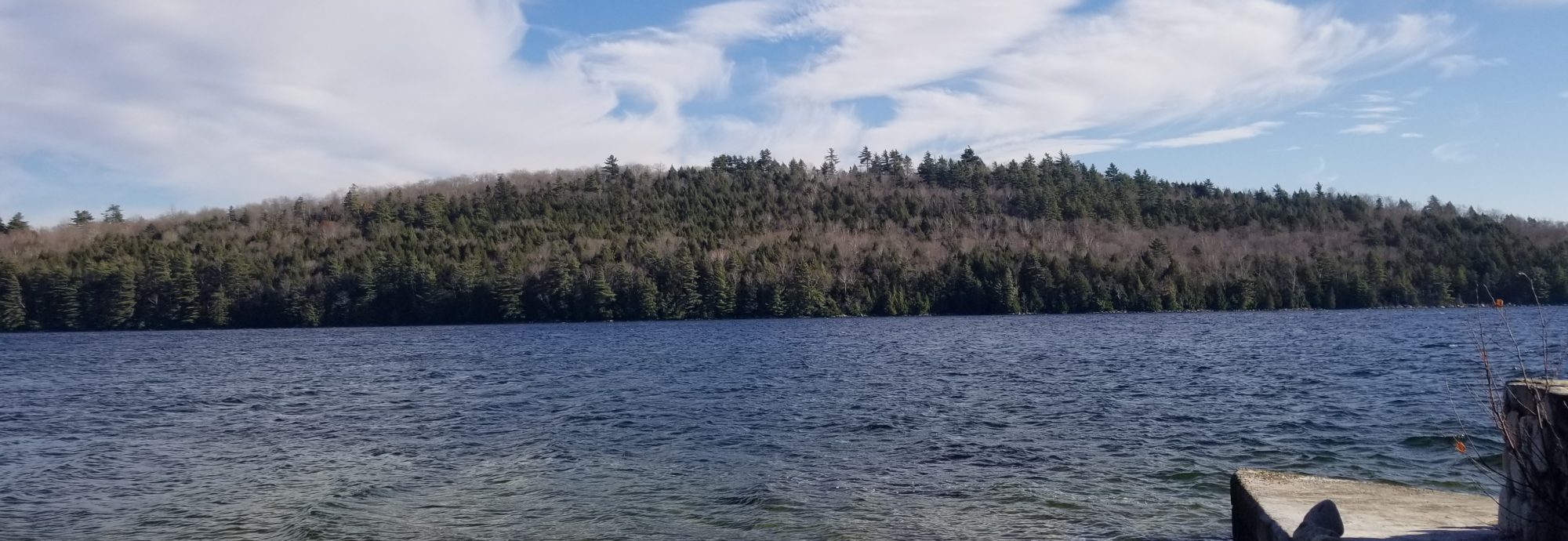As I was driving to Mass, cutting it closer than I’m comfortable with, I took a deep breath and said, “God, please help me not distract others as I walk in.” It was bad enough that I was expecting to walk in a minute or two late; I had no intentions of disturbing the people who had arrived on time.

And I did: I walked in during the opening prayer, however, I managed to tiptoe quietly enough nobody noticed my late entry. There was a seat on the end of one of the pews in the last row, and my stealth skill is at least at apprentice level. Nobody but me was bothered by my tardiness: score.
After Mass, I ran into a friend who smiled and said he didn’t even notice me at Mass. I nodded and said I was a little late and “didn’t want to be one of those people who distracts others by stomping through” my entry.
Immediately, I furrowed my eyebrows at myself. Well, yes, I suppose that was true, but that wasn’t how I wanted to mean it. Saying it that way wasn’t me – at least, it’s not the me I want to be. I beat myself up about it on the drive back (and have since then). This may not be the best response, but I definitely needed some kind of self-check to help prevent such phrasing in the future.

I’m normally precise with my language because I know how we say things impacts both our perception as well as the perceptions of those who hear us. Who am I? That can be a stagnant question; let’s find better questions. Whom do I want to be? What can I do today to get there?
I want to be someone who consistently lifts others up. To do that, I have to know not only what elevates others and what stifles them, but also how to squelch what stifles and live what elevates. This is a process I’ve been working on; sometimes it comes easily whereas other times it’s difficult to even figure out which step to take. And sometimes we have to stumble into the badlands to know there’s no water there, but as soon as we’re there, we correct course.
What I intended to reply after Mass was fine: I stayed in the back to not interrupt the ceremony or the participants. However, the way I communicated the message was not befitting a follower of Christ: I used divisive and pejorative language. In how I sent the message, I turned away from Christ.
Thankfully, we are an Easter people: I am invited to repent and return to the Way every time I go astray. In assessing how to respond in an encouraging (or at least humbler, or less negative) way, I’m turning back to Christ. That’s the first step to the great return: spinning on one’s heel to assess the situation.
I have come quite a way in this journey, as evidenced by my immediate disgust at my diction, but I still have quite a way to go, as evidenced by how my words spilled out. The data from this interaction can help me adjust my pursuit angle to get me where I want to go.

Have you ever asked for directions before? In my experience, the process is something like this:
- I know where I am and where I’m going.
- I leave my departure site heading toward my destination.
- I know the route I’m taking and where I’m going.
- I got off on an unexpected detour, but I still know where I’m going.
- Where did the signs go?
- Okay, I have no idea whether I’m even on the detour any more – but I still know my original route and my destination.
- There are zero landmarks here.
- Where am I?
- *Turn on GPS.* Ah! Now I know (approximately) where I am!
The process is the same whether we’re taking a literal road or the road of life: when we stray off the path, we need to assess where we are to figure out how to get back on track. When we’re taking physical roads, it can be obvious when we’re lost; the symptoms may include that the dirt road connecting two highways disappeared over a mile ago. On the road of life, it’s often not as obvious when we’re lost, and sometimes landmarks aren’t as easy to come by, either. This makes regular checking in with our moral and dream compasses that much more imperative.
Have you made time for a pause for self-reflection lately? Where are you in the journey of life? Where are your goals and how do you reach them? Are you going the direction you want to go? If so, what’s the next step toward the destination? If not, how can we get back on track?



Can we have a sequel?
I was curious if you ever thought of changing the page layout of your website? Its very well written; I love what youve got to say. But maybe you could a little more in the way of content so people could connect with it better. Youve got an awful lot of text for only having 1 or 2 images. Maybe you could space it out better?
I prefer it to be text-heavy. I use images just to add a little oomph to the page, both for keeping the visual brain stimulated and as built-in bookmarks for the reader who might lose their place on the page. Thanks for the comment!
– CI